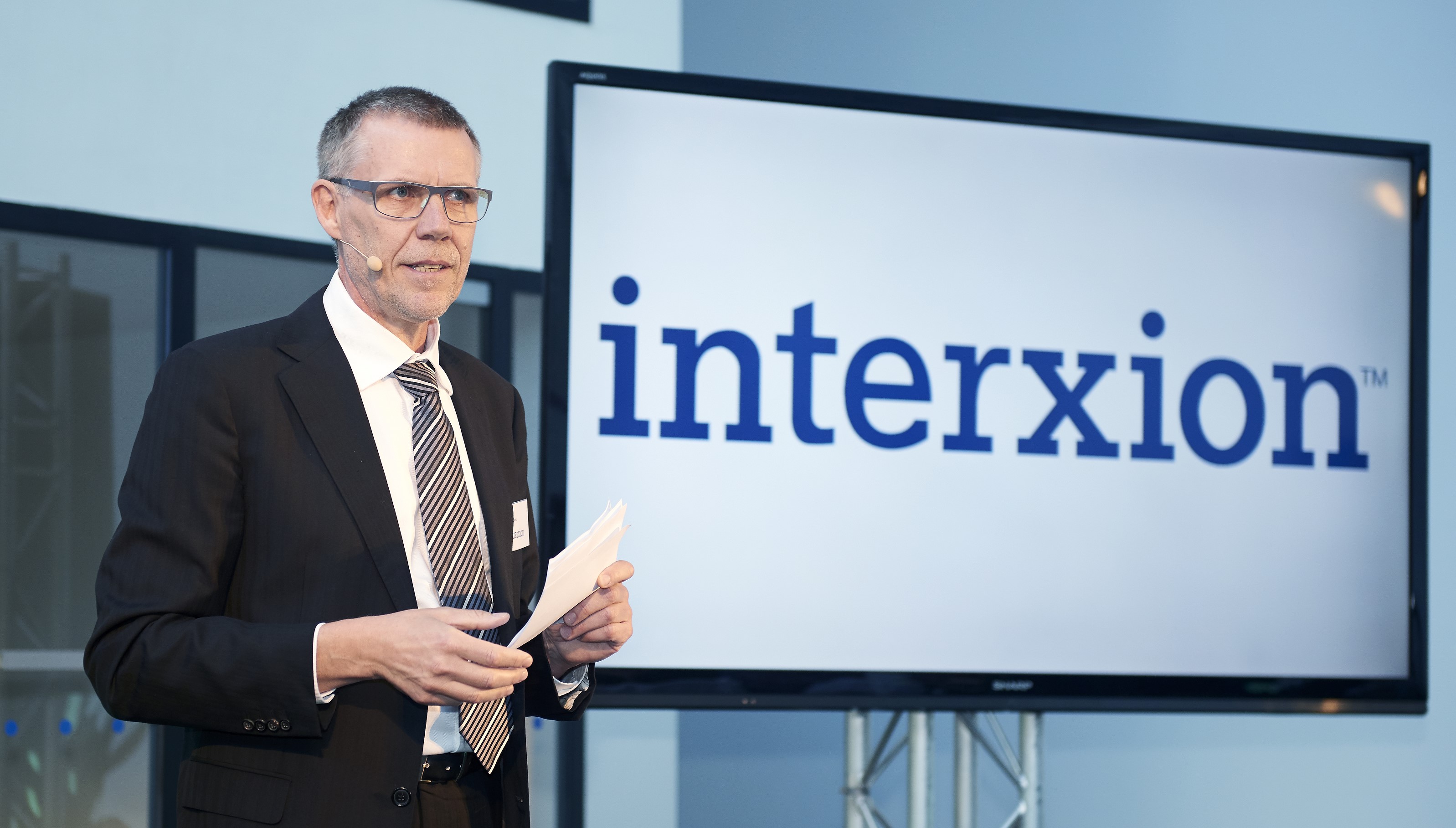
It’s all about networking clusters
Stockholm Data Parks had a chance to speak with Peder Bank, Interxion’s Managing Director for the Nordic Region. Peder spends his time between Copenhagen and Stockholm where Interxion’s Nordic data centers are located. Interxion is a Carrier and Cloud neutral Colocation data center operator with 42 data centers in 11 European countries in 13 different cities.
Peder, the market for data centers and cloud is booming
– what are the most important trends and drivers that you see today?
– The spectacular growth in computing has been going on for quite some time. What is different now is the concentration of growth into the cloud and colocation data centers. In addition to Internet of Things, digital media and cloud applications, important technology in networking and security has developed considerably and this has allowed enterprises to seriously start the transition to data centers and the cloud. It is a true digital revolution going on.
Today, more than 75% of enterprises have their own data center, but this is changing rapidly and companies are moving more and more workloads into the cloud and choosing colocation instead of building their own datacenters. The key here is that being present in a colocation center, you can have direct access to multiple networks and several cloud services. In this transition, service providers will play an important role to frame the right offerings.
In this new landscape, how would you describe Interxion’s
position and competitive strength?
– In Stockholm, we have had a strong growth the last 4 years and today we have a strong connectivity hub in Kista giving access to more than 60 carriers and we are the only data centre in Stockholm that can provide you with direct access to both Microsoft Azure and AWS direct node. We have worked hard for 16 years to make our data center one of the best connected datacenters in Europe. The combination of this allows for simple and efficient access to all networks you need to connect to and overcomes concerns about latency and capacity bottlenecks.
Imagine if you have invented a new game and want to role that out in multiple countries. How do you do that? If you come to Interxion’s data center, you could immediately get access to all the networks in our hub and, via the 3 internet exchanges get access to more than 600 networks to distribute your content/traffic and you can get extra capacity from the big public clouds when you need it.
Today, half of all traffic is on mobile devices and our attention span is short – we typically expect a page to load completely in less than three seconds. As a provider of a service, you need to bring together all the content, perform all processing and present the result to the user in three second. By being present in our data center, you can maximize your network performance and access distributed servers and storage in the shortest possible time.
In addition, let me emphasize our local focus. We are a locally operated company with decentralized decision-making, which allows us to move fast and adapt to new customer requirements. We also provide a high level of service by maintaining a well-equipped and professional local staff.
Looking a few years ahead, what should we expect
from Interxion in Stockholm?
– We will continue to build on our strengths, that is to capitalize on our communication hub and to aggressively build out our campus here in Stockholm. The campus idea is important as valuable networking effects can be achieved. Our uniqueness is related to all the connections the Interxion group has established in all leading European Markets with a total of more than 600 netvorks PoP. We can dynamically offer them more capacity in our data center allowing them to meet growing demands from local customers in the Nordic region. By bringing in the international players, the value for the local customers increases. So, it is a virtual circle. My expectation is that a huge part of Swedish enterprises in the coming years will move to data center campuses for gaining operational efficiencies and direct access to cloud services, driving the need for new colocation capacity.
You are using Fortum Värme’s cooling service to cool your
data center, how has the cooperation been?
– In our data center, we have a chilled water based cooling system. Working with Fortum Värme has allowed us to complement that system to gain OPEX savings. We get paid several months per year when we use the system since Fortum Värme can recover the heat and use it for residential heating.
The cooperation has been excellent. The service has been reliable and issues have been resolved efficiently. We continue to work with Fortum Värme and are right now exploring how the cooling and heat recovery can be redefined for our future expansion.
Cooling as a Service from Fortum Värme comes with heat recovery.
How important has this been for Interxion in Stockholm?
– For me, heat recovery is part of making our data centers greener. Why should you waste the excess energy when it can be used for residential heating? Reuse of resources is important if we should combat climate change. I believe that all data centers should recover their heat.
Today, heat recovery is part of how I position Interxion in Sweden, and it has been important in attracting customers. For international clients, our heat recovery approach has clearly raised the customer interest in Interxion’s Swedish data center.
*
DISCLAIMER. All information contained herein and any opinions expressed in it is intended solely for information. The information does not in any way constitute any recommendation to invest or otherwise modify any information that has previously been given by Interxion. Any opinions expressed in this document are subject to change and may differ from those expressed by others in the Interxion group.